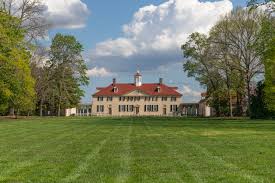Histroic Preservation

Language shaping:
George Washington unwittingly wrote the biography of Mount Vernon’s enslaved community in the records and correspondence he left behind. We can use his words, combined with archaeology and oral history with descendants, to piece together the stories of Mount Vernon’s enslaved community (Researching Slavery, N.D). Language shape has influenced and reinforced. The term shrine was used to help interpret George Washington’s legacy which means it suggests a high place of reverence and suggests hero. Which was centered around George Washington as a figure rather than what he actually was which was an enslaver. Mount Vernon is still used as a national symbol that highlights the work George Washington has done.
Values on Historic Preservation:
Historic preservation has evolved over the years. In the early years, people have seen Mount Vernon as a monument that was surrounded strictly by politics. As history has evolved it now focuses on archival research archaeological findings and also descendants that are now able to vocalize the experiences that enslaved people had to endure. That steps into why oral history is so important, it provides different outlooks that certain parts of history might skip over. Such as written archives that were based on plantations. Many of those archives were created by people who were in power such as the slave masters which makes it seem like what they did was justified. Oral history should be cherished and valued because it opens a door for the emotional truth of others to be heard. Oral history provides the struggles of what people had to endure while also highlighting the beauty they made from the struggle. Such as traditions that are carried on in our culture and family ties.